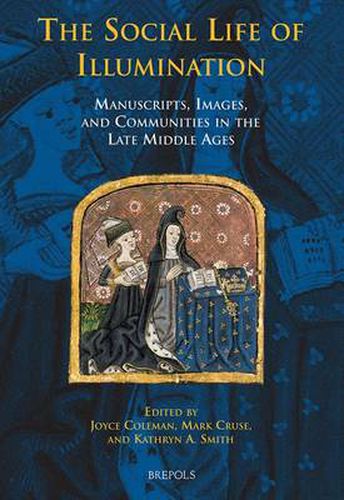Readings Newsletter
Become a Readings Member to make your shopping experience even easier.
Sign in or sign up for free!
You’re not far away from qualifying for FREE standard shipping within Australia
You’ve qualified for FREE standard shipping within Australia
The cart is loading…






This anthology is the first broadly based exploration of an issue now emerging at the intersection of art history and literary study: how the interplay of images and texts in medieval manuscripts enabled an array of social interactions that helped shape individual and communal experience and identities. An interdisciplinary group of scholars, from Art History, English, and French departments, has combined to explore the ways in which pictures in a book can have a ‘social life’. Setting aside the traditional assumption that illuminated manuscripts were meant chiefly for the eyes of solitary reader-viewers, the essays in this anthology demonstrate that illuminations took on social dimension in many ways. They could cue internal dialogues with religious figures or family members; they could be described, explained, and/or viewed communally during public readings; and they could draw their viewers into joint celebration of core secular or religious values. As much as architectural monuments, contracts, and rituals, illuminations provide a way for us to map the multiple dimensions of medieval social life.
$9.00 standard shipping within Australia
FREE standard shipping within Australia for orders over $100.00
Express & International shipping calculated at checkout
This anthology is the first broadly based exploration of an issue now emerging at the intersection of art history and literary study: how the interplay of images and texts in medieval manuscripts enabled an array of social interactions that helped shape individual and communal experience and identities. An interdisciplinary group of scholars, from Art History, English, and French departments, has combined to explore the ways in which pictures in a book can have a ‘social life’. Setting aside the traditional assumption that illuminated manuscripts were meant chiefly for the eyes of solitary reader-viewers, the essays in this anthology demonstrate that illuminations took on social dimension in many ways. They could cue internal dialogues with religious figures or family members; they could be described, explained, and/or viewed communally during public readings; and they could draw their viewers into joint celebration of core secular or religious values. As much as architectural monuments, contracts, and rituals, illuminations provide a way for us to map the multiple dimensions of medieval social life.